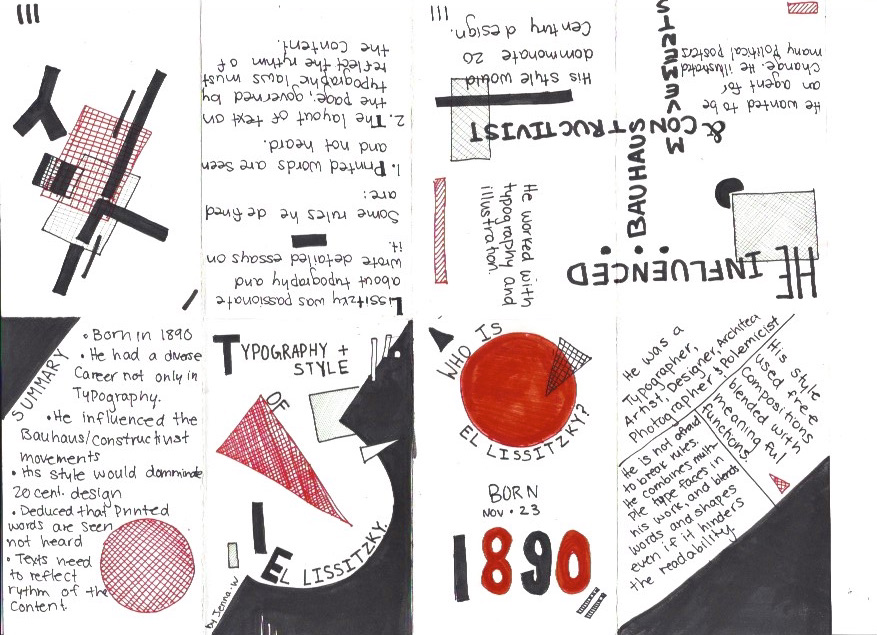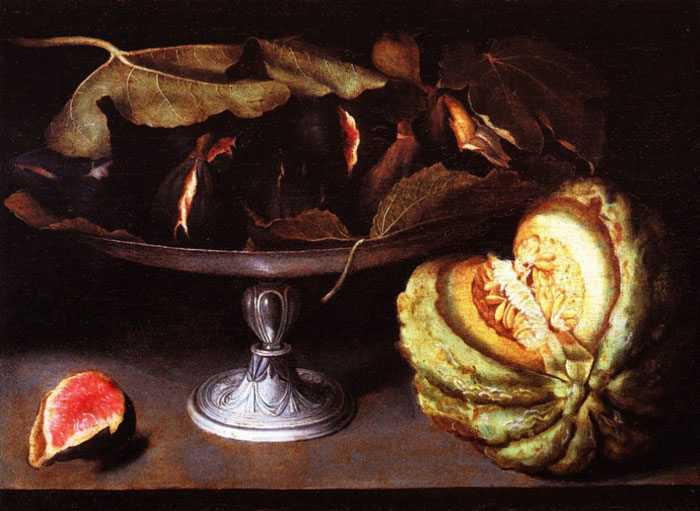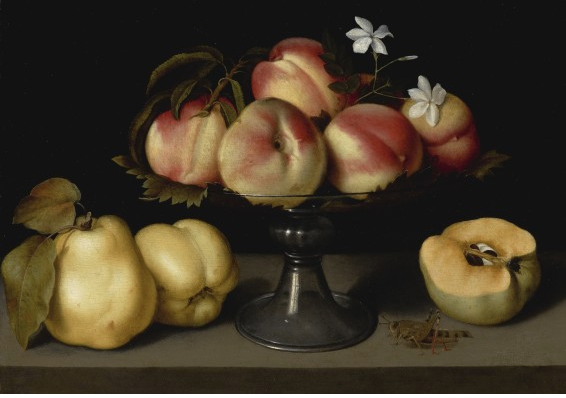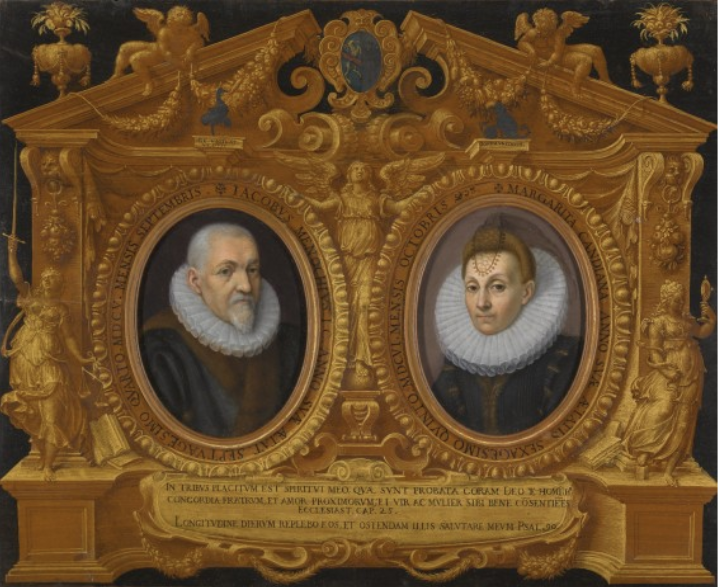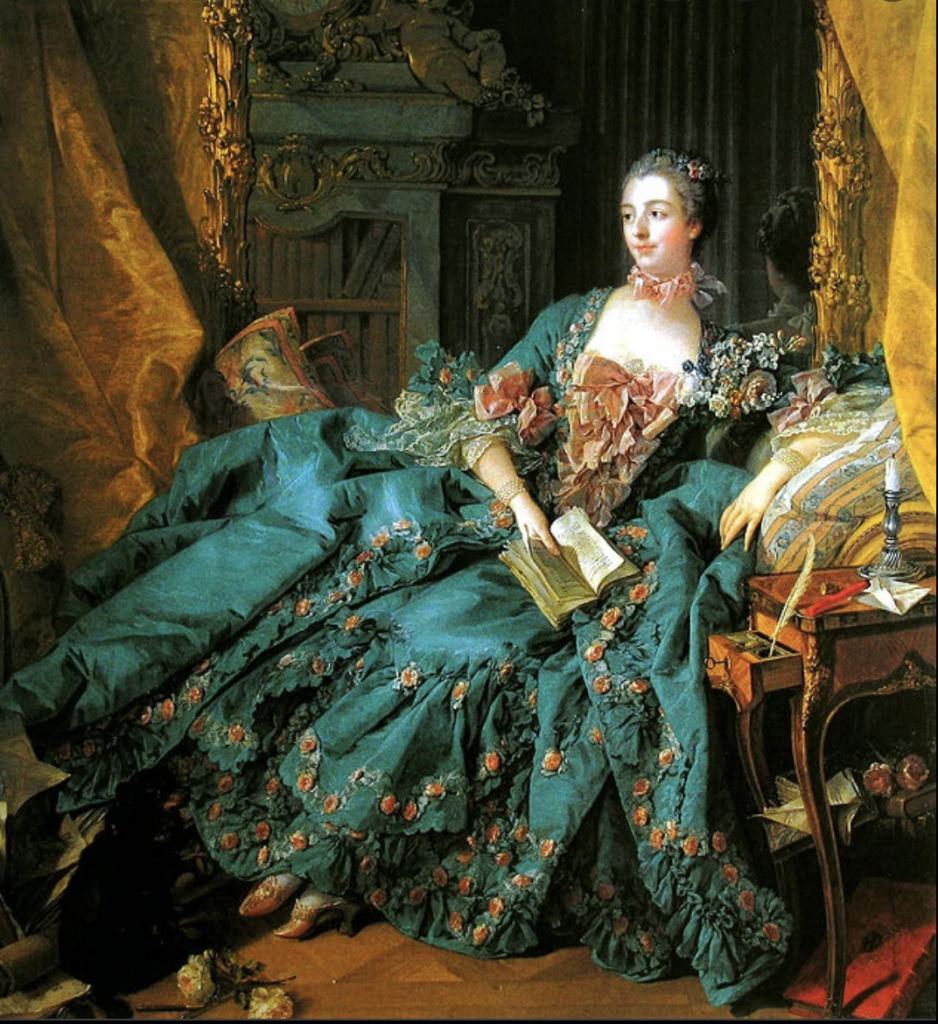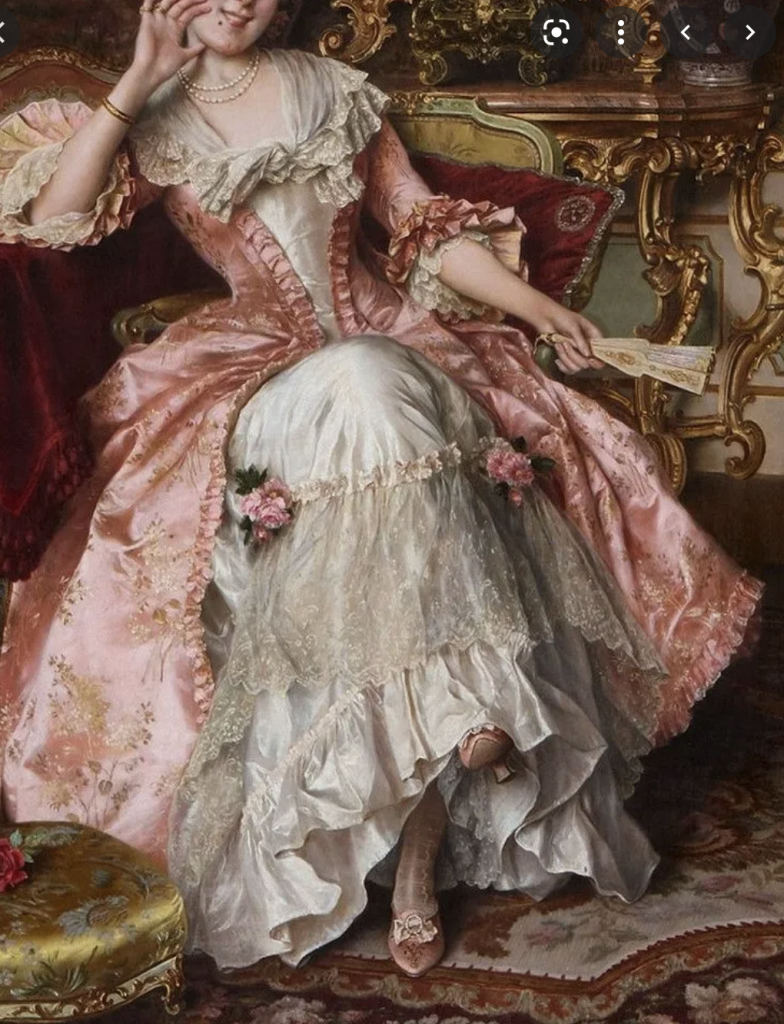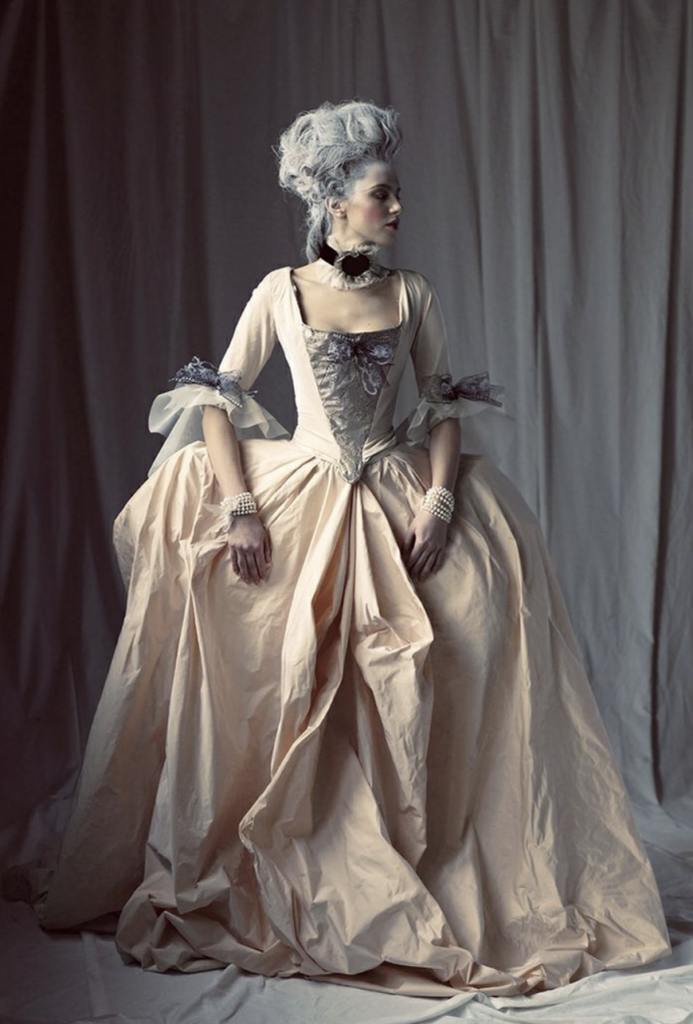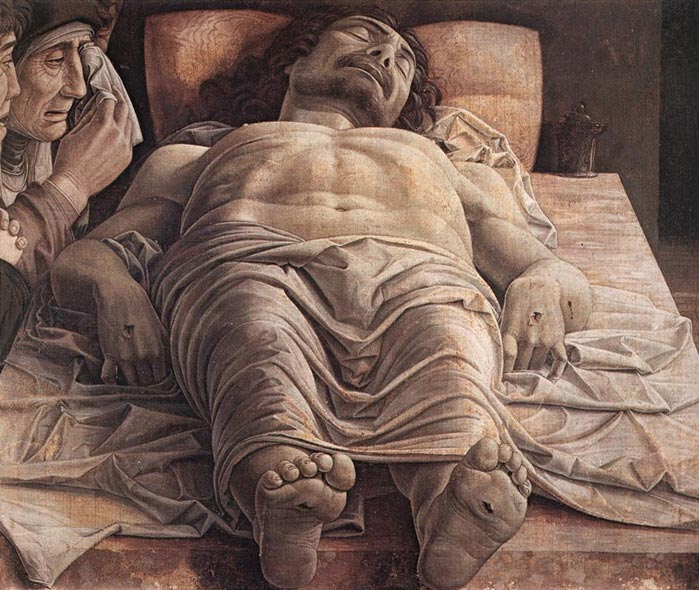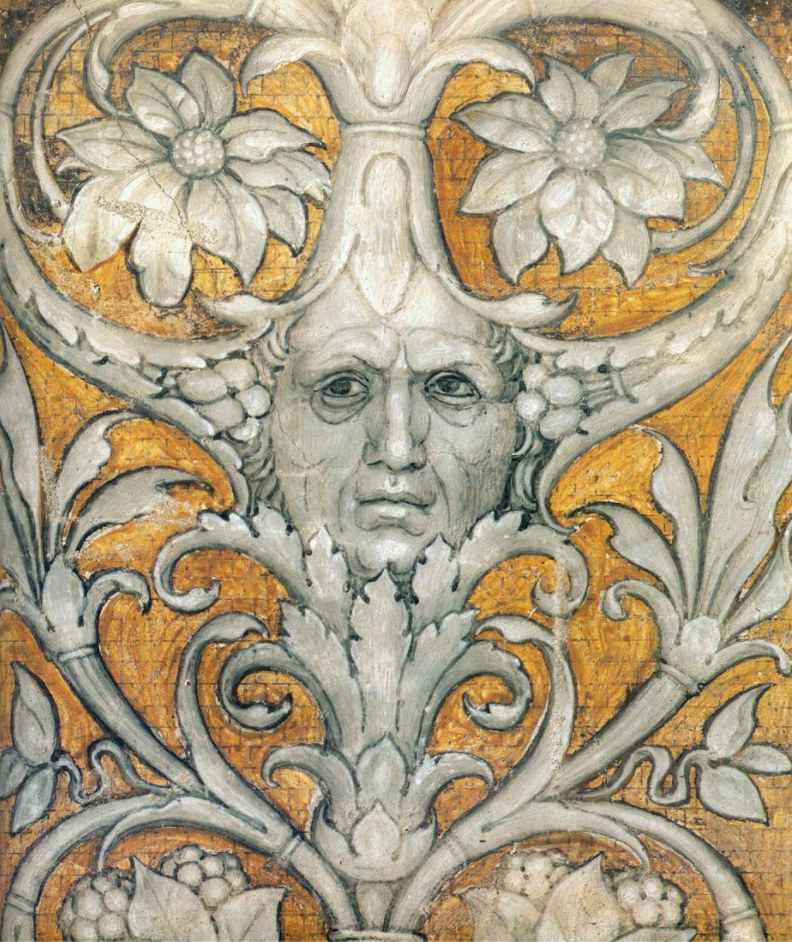Japanese Ukiyo-e Prints – Origins
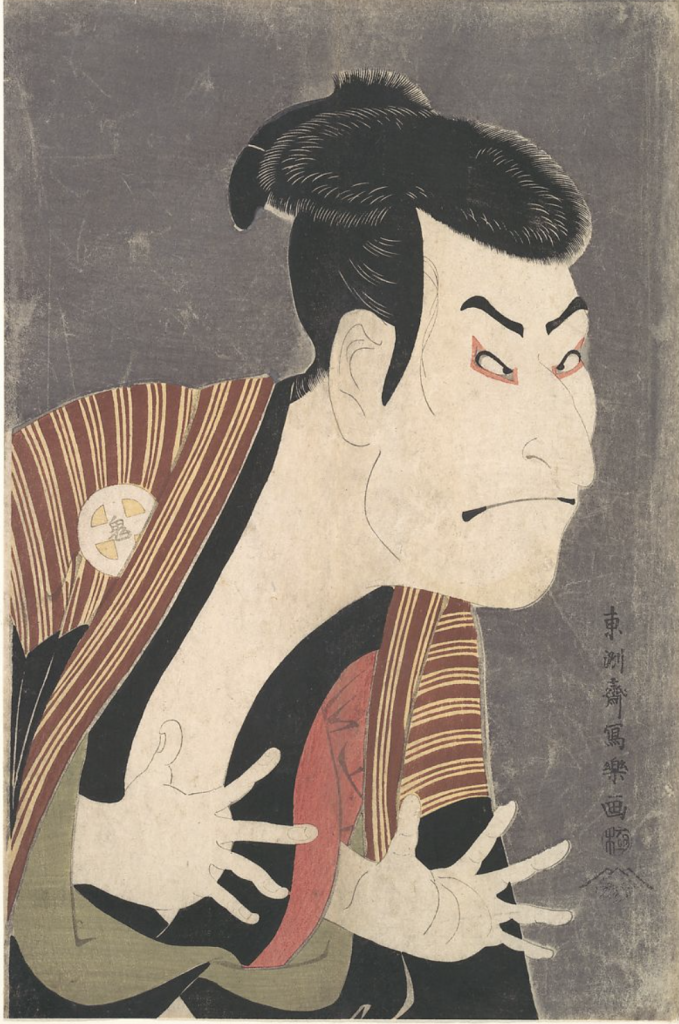
Ukiyo-e means “pictures of the floating world”. This is a style of art that was popularized with the development of woodblock printing. This style of artwork had a range of subjects but commonly depicted people of the court, prostitutes, kabuki actors and scenes, and erotica (Britannica,n.d). The subject matter then shifted to the urban everyday scenes as the style developed.
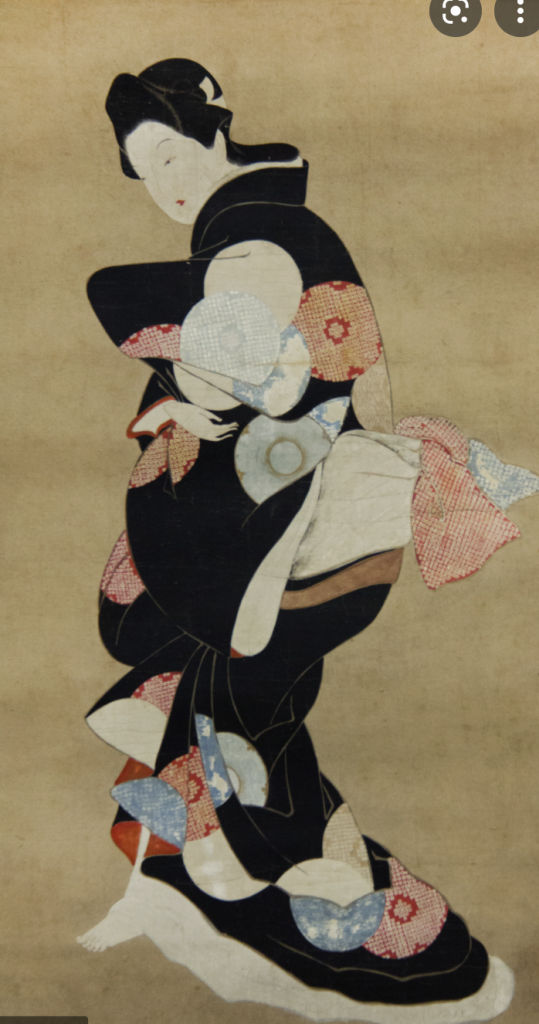
Hishikawa Moronobu – The first Ukiyo-e Artist
Hishikawa Moronbu is regarded as the father of ukiyo-e artworks. He was originally an embroiderer but became an illustrator for books. This was during the time when woodblock printing became accessible. This made mass printing of images available to all. With this new printing medium, he began to depict urban and domestic scenes of the Edo people (Britannica, n.d).
Development of Woodblock prining and Ukiyo-e Style
Woodblock printing and ukiyo-e prints developed hand in hand. Woodblock prints were initially used to create replicas of Buddhist and religious scripts. It was only used for text printing and not imagery in its initial conception. However, in 1765 it was discovered that they could use it to print color and imagery. The first version of full colour printed images were used for calendars or Nishiki-e (Moma, n.d). Woodcut prints became popular not only for the ease of duplication and mass production but for their content. A lot of pornographic imagery was printed this way and this was popular with the wealthy population boosting the demand.
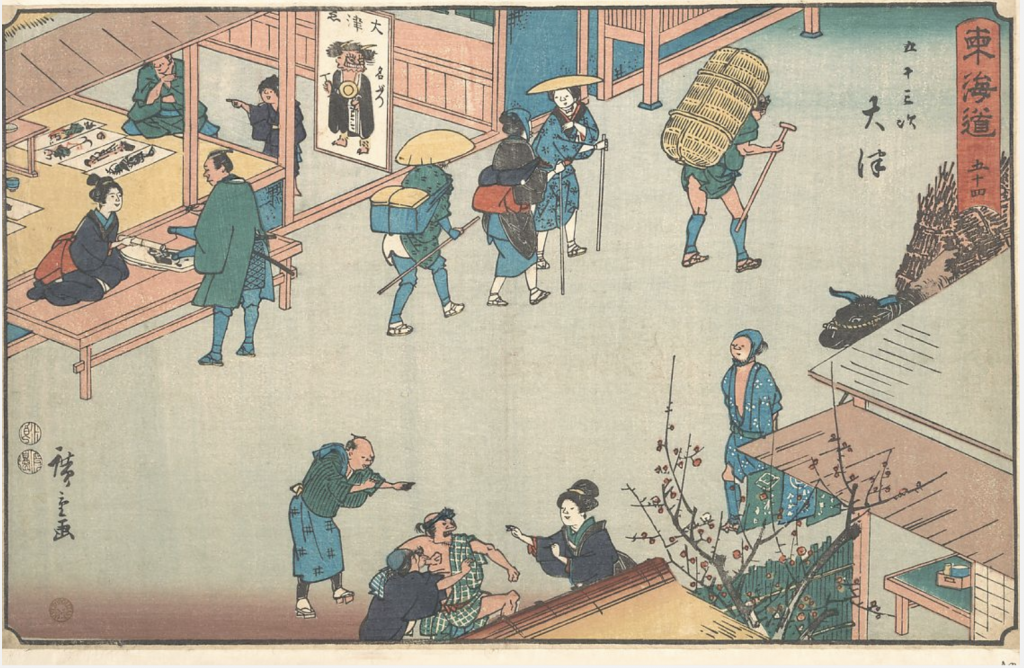
Polychrome Prints:
In contrast to regular woodblock print, this method had individual “stamps” for each part of the piece that was of a different color. This allowed them to make full-color prints called polychrome prints. This also created flat imagery which was a key element to this style of artwork.

Impact of Ukiyo-e on Western Art
These ukiyo-e Prints had a major impact on Western art. Since there was an influx of them in Japan and they were readily available. As trade opened up with the West the prints were used as wrapping paper for objects being sent to Western areas. As the West was exposed to this artwork it began to influence many artists of this time, one of them being Van Goh.
Works cited:
Britannica, The Editors of Encyclopaedia. “ukiyo-e”. Encyclopedia Britannica, 13 Dec. 2013, https://www.britannica.com/art/ukiyo-e. Accessed 28 October 2021.
Metmuseum.org. 2021. Woodblock Prints in the Ukiyo-e Style. [online] Available at: <https://www.metmuseum.org/toah/hd/ukiy/hd_ukiy.htm> [Accessed 28 October 2021].
Images from:
